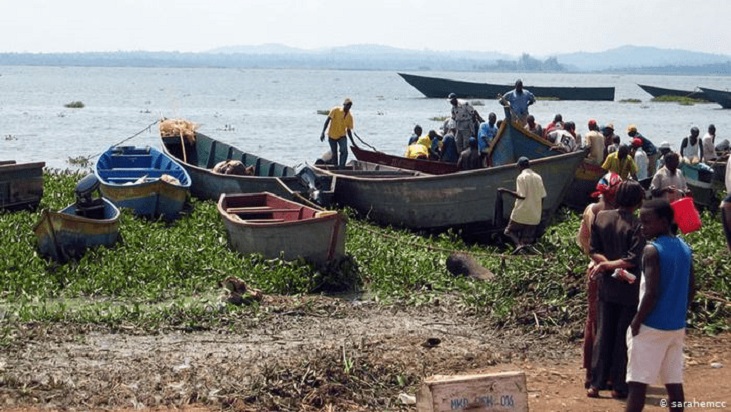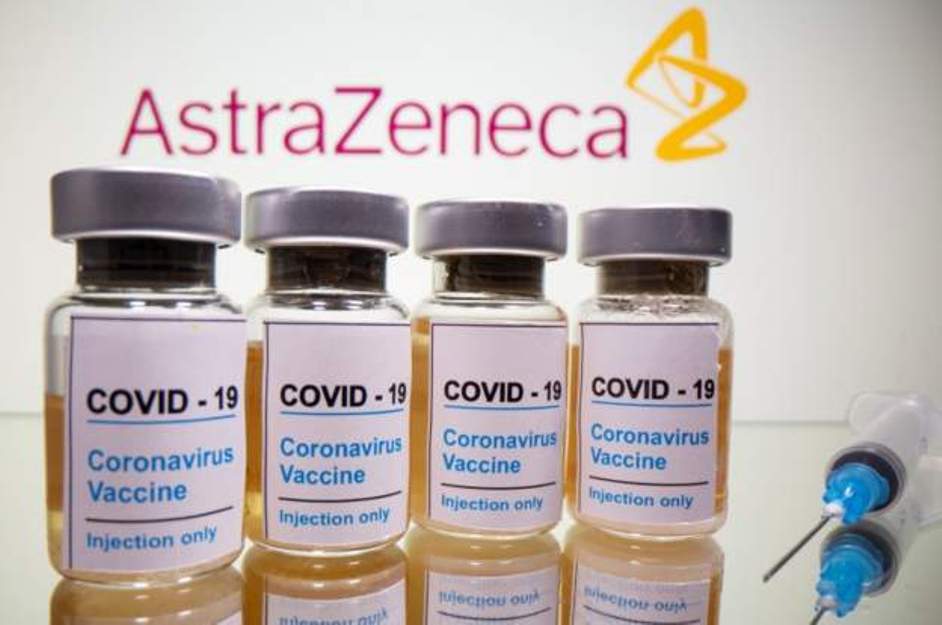HIV is high among fishing communities
By Cassidy Derrick Mwanje
The fishing communities around Lake Victoria have been reported to have a greater risk of HIV infection and a higher HIV prevalence, especially among the youth who are attracted by the gainful employment to the shores and islands. In 2020, the Ministry of Health reported that the Ugandan Lake Victorian fish trading communities have an HIV prevalence estimated to be between 15–40 %; much higher than in the Ugandan general population, for whom HIV prevalence is estimated to be 7.3%.
In a bid to contribute to the Government of Uganda’s efforts geared towards achieving the global target of ending the epidemic of HIV/AIDS by 2030, Naguru Teenage Information and Health Centre (NTIHC) is using a community-based approach in Mukono and Buikwe districts to increase HIV/AIDS awareness and linkage to care services amongst fisher folk, Female Sex Workers (FSW) and People Living with HIV (PLHIV) in a project dubbed the Strengthening The HIV/AIDS Response in Central Uganda (STAR-C) Project.
Sam Asiimwe, the Head of Programmes at the Teenage Centre revealed that working closely with district structures, the hot spots among key population (KP) groups will be mapped out around the fish landing sites of Katosi and Ssenyi in Mukono and Kiyindi and Busaana in Buikwe.
“We are targeting young people, 35 years and below because most of the time, these are people who are living in their reproductive days of life. We are also targeting people who know that they have HIV to ensure that they access friendly services within communities and at the health facilities,” he explained.
Awareness, he added, will be delivered in the psychosocial support groups where peers will support others on how best they can live positively, access timely treatment and commodities like condoms and HIV self-testing kits,” he explained.
Targeting the HIV most infected age groups
UNICEF Data indicates that adolescents and young people represent a growing share of people living with HIV worldwide. Meanwhile, youth in Uganda are the youngest population in the world, with 77% of its population being under 25 years of age. Statistics from the United Nations Populations Fund (UNFPA) indicate that 94% of adolescents are aware of HIV status. However, only 43% of adolescents have ever tested for HIV.
As of 2021, Uganda has an estimated 1.4 million People living with HIV of which 1.3 million are currently on treatment. The new HIV infections in 2021 stood at 54,000, according to the Uganda AIDS Commission (UAC). While the country has registered a 37% decline in AIDS annual related deaths, that is from 27,000 in 2016 to 17,000 in 2021, interventions targeting the high-risk groups need to be scaled up.
For the past 27 years, NTIHC has been providing “Youth Friendly Responsive” Adolescent Sexual and Reproductive Health and Rights (ASRHR) services and information to young people aged 10-24 years. The same approach will be extended to the HIV response among the fishing communities.
Using mobile technology to fight HIV
The current digital technologies in healthcare have transformed the treatment and medical care of patients. Specifically, mobile health apps, that are accessible to a majority of people with smartphones are paving the way for faster and cheaper treatment in the hour of need or medical emergencies.
Asiimwe noted that NTIHC will utilise the online applications to ensure People Living With HIV (PLWHIV) access timely information and this will increase their treatment adherence.
Mobile technology will be used to provide health care support among the fishing communities in a direct, low-cost and engaging manner.
“We hope that at the end of the project, we will improve the quality of lives in line with the government’s core by ensuring that we reduce HIV-related mortality by 50%, by the year 2023 in addition to the attainment of Sustainable Development Goal 3 that seeks to end the epidemic of AIDS and other communicable diseases by 2030,” he said.
The project is funded by Gilead Sciences, Inc. an American biopharmaceutical company headquartered in Foster City, California, that focuses on researching and developing antiviral drugs used in the treatment of HIV/AIDS, hepatitis B, hepatitis C, influenza, and COVID-19.





